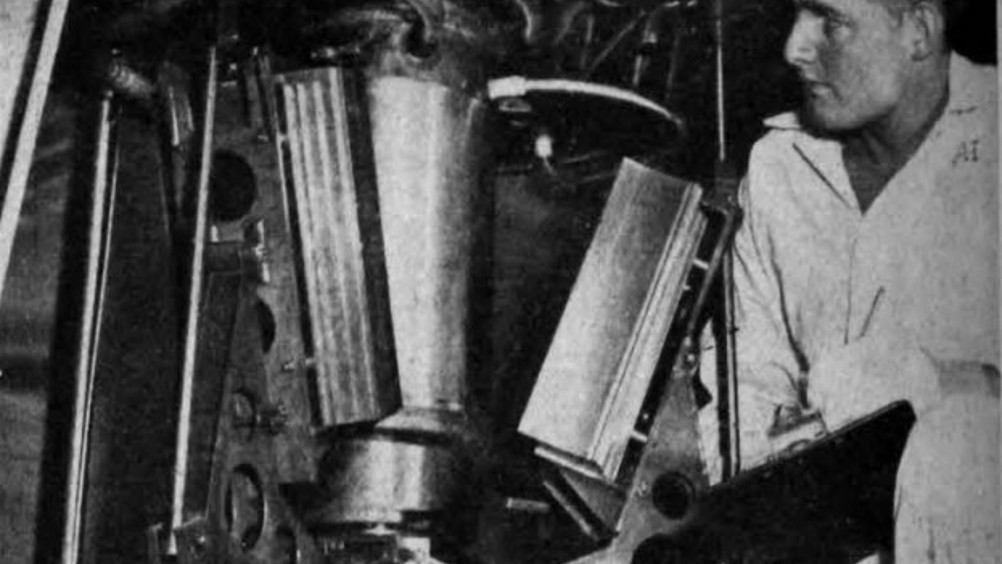February 1960: SNAP - the dawn of nuclear satellite propulsion
A lightweight, high-temperature nuclear reactor was pivotal to satellite navigation systems. Jason Ford reports

On June 29, 1961 Transit IV-A became the first spacecraft to carry a radioisotope power supply into space, and in February of the previous year The Engineer was given a brief glimpse into the development of the nuclear power source.
Transit IV-A was one of several artificial Earth satellites designed at fabricated by Johns Hopkins University Applied Physics Laboratory (APL) in Maryland, USA as part of the ARPA-funded Transit programme, which established the basis for the wide acceptance of satellite navigation systems. As well as carrying a radioisotope power supply, Transit IV-A was notable also for breaking an APL mission-duration record and confirming that the Earth’s equator is elliptical.
A year before launch, The American Scene section of The Engineer took at look at the prototype of a lightweight, high-temperature nuclear reactor designed to generate heat to produce 3kW of electric power for spacecraft.
The reactor, dubbed the SNAP Experimental Reactor, weighed approximately 220lb without shielding and was fuelled with enriched uranium. Our American editor filed a report after it had been test-operated at design power and temperature.
Register now to continue reading
Thanks for visiting The Engineer. You’ve now reached your monthly limit of premium content. Register for free to unlock unlimited access to all of our premium content, as well as the latest technology news, industry opinion and special reports.
Benefits of registering
-
In-depth insights and coverage of key emerging trends
-
Unrestricted access to special reports throughout the year
-
Daily technology news delivered straight to your inbox










Water Sector Talent Exodus Could Cripple The Sector
Maybe if things are essential for the running of a country and we want to pay a fair price we should be running these utilities on a not for profit...